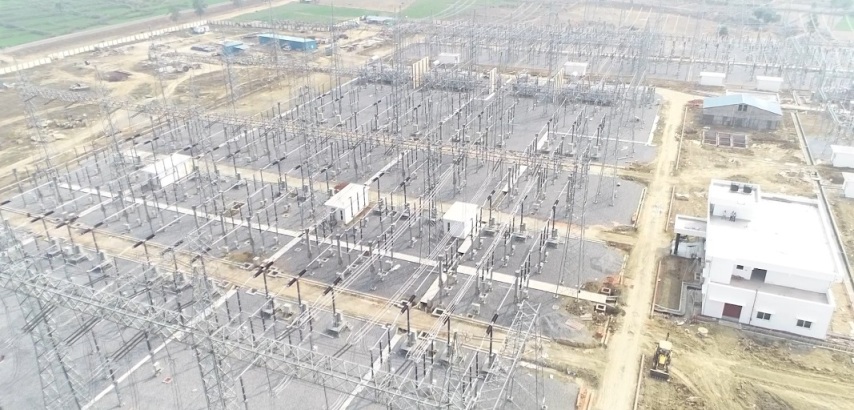The National Committee on Transmission (NCT) in its latest meeting has approved the implementation of the “Western Region Expansion Scheme – XXV” under the regulated tariff mechanism (RTM) route.
The scheme, costing about Rs.210 crore, needs to be completed in a compressed time schedule of 15 months, which is why NCT recommended its implementation under the RTM route.
It may be mentioned that while all ISTS transmission schemes are generally implemented under the tariff based competitive bidding (TBCB) route, the Union power ministry, through its various agencies like NCT, can recommend the RTM route for deserving cases typically those where the implementation period is short. Under the RTM mode, the project is “assigned” to a nominated agency, which is usually Power Grid Corporation of India (PGCIL) and the transmission tariff is worked out on the predetermined “cost-plus” method.
According to a report by NCT, the WRES-XXV scheme, which involves 765/400kV ICT augmentation, has been proposed by CTU for N-1 compliance of 765/400kV ICTs at Raigarh PS bus sections (A & B) under following two conditions:
- With Raigarh – Pugalur HVDC line operating under blocked mode or reverse mode (SR to WR) during high renewable generation in southern region and high generation at Raigarh (Kotra) PS
- With Raigarh – Pugalur HVDC line operating under forward mode (WR to SR) and under low generation at either of the bus section at Raigarh PS
Scope of works
This scheme involves augmentation of transformation capacity at Raigarh (Kotra) by 1x1500MVA, 765/400kV ICT at Section-A (3rd ICT on Section A) and by 2x1500MVA, 765/400kV ICTs at Section-B (3rd and 4th ICTs on Section B), along with associated ICT bays.
Read more: Resurgent Power Ventures Completes Acquisition Of NRSS XXXVI
Background
The scheme was deliberated in the Joint study meeting on Transmission Planning for Western Region and Southern Region in December 2021 and 2nd Consultation Meeting for Evolving Transmission Schemes in Western Region (CMETS-WR), also in December 2021.
Further, with the proposed ICTs on both the sections, fault level at 400kV Section-A is about 45kA and Section-B is about 30kA which is under design limit.
Note: PS = Pooling station; ICT = Inter-connecting transformer; N-1 grid compliance loosely means that the transmission grid will continue to function even if one component (e.g. transformer) fails.
Featured photograph is for representation only

